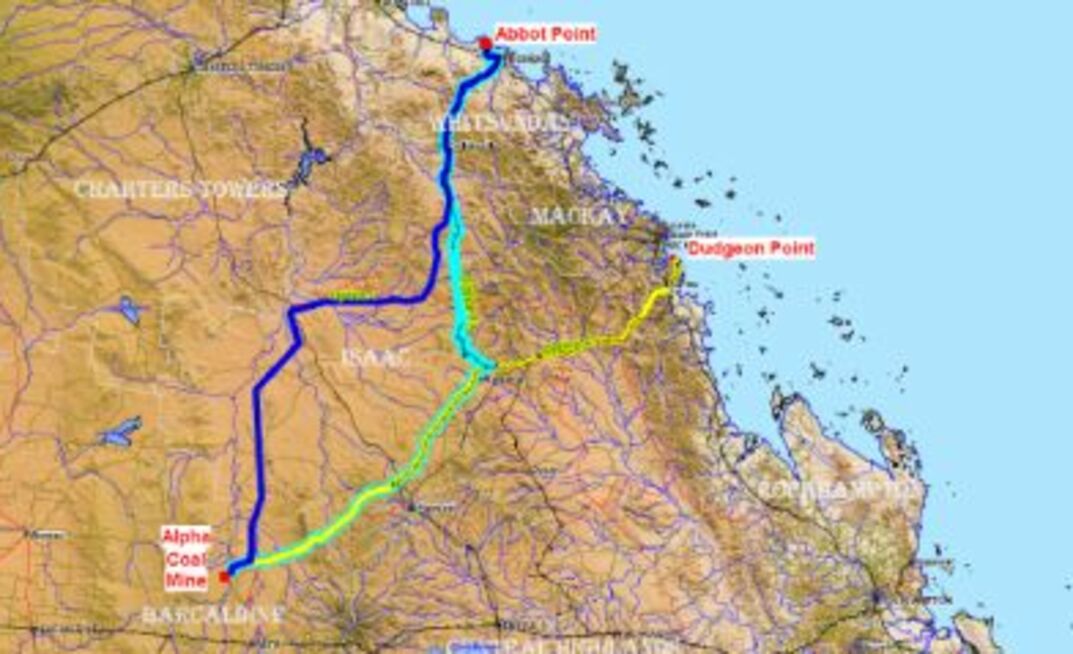If given the go-ahead, the project will be the biggest coal mine of its type in Australia.
Perth-based Hancock Prospecting, begun by Western Australian iron ore magnate Lang Hancock and now led by daughter and Australia’s richest woman Gina Rinehart, expects a bankable feasibility study to be finished in the fourth quarter of 2009.
If approved, construction will start in 2010 with first coal shipped in 2013.
“The pioneering spirit of Hancock that has led the development of the Pilbara is now also being directed to the vast potential of the Galilee Basin in Queensland,” Hancock Coal project director Paul Mulder said.
The Hancock Alpha Coal Project will initially be a 30Mtpa open cut coal mine, with the potential for developing significant underground reserves via the final highwall or through a drift.
The project, located 360km southwest of Mackay, has an expected mine life of 30 years, but Hancock said there was sufficient JORC compliant resources to significantly extend the project life beyond the projection.
The company’s two mineral development licences hold 3.4 billion tonnes of measured, indicated and inferred resources. Hancock hopes to lift the resource to 3.9Bt, including 814Mt measured, upon completion of drilling this year.
Two possible port locations are being assessed for exports predominantly to the Pacific market, including Abbot Point and Dudgeon Point, and various rail paths have been identified.
The Shoalwater Bay Area was removed as an option after Environment Minister Peter Garrett blocked Waratah Coal’s application to build a port at the site.
The rail and port facilities will be designed to transport, load and ship up to 80Mtpa more than the mine’s capacity to cater for neighbouring Galilee Basin and downstream producers.
Hancock said third party user arrangements were currently being discussed.
Hancock plans to spend $3 billion on construction of the mine, $2.5 billion for rail and $2 billion for port development.
Mulder said the project would create 2500 jobs during peak construction, and 1600 at full production.
“Our proposed infrastructure solution will benefit the future planned growth of the coal industry, ensuring Queensland improves its coal supply and delivery,” he said.
The deposit lies within the late Permian Colinlea and Bandanna formations and holds up to four principal coal seams which dip gently from east to west varying in thickness from 5m to 8m.
Hancock pointed out that if the project did not go ahead, the Galilee Basin could remain undeveloped for a long time.
“The opportunity for shared rail and port facilities will be put at risk, which could jeopardise other developments in the area,” Hancock said in its initial advice statement.
“Australia will continue to lose market share with lower quality coals being provided to end users by the Asian market.
“In addition, potential future revenue to the state government will not be realised, and further community development postponed.”
























